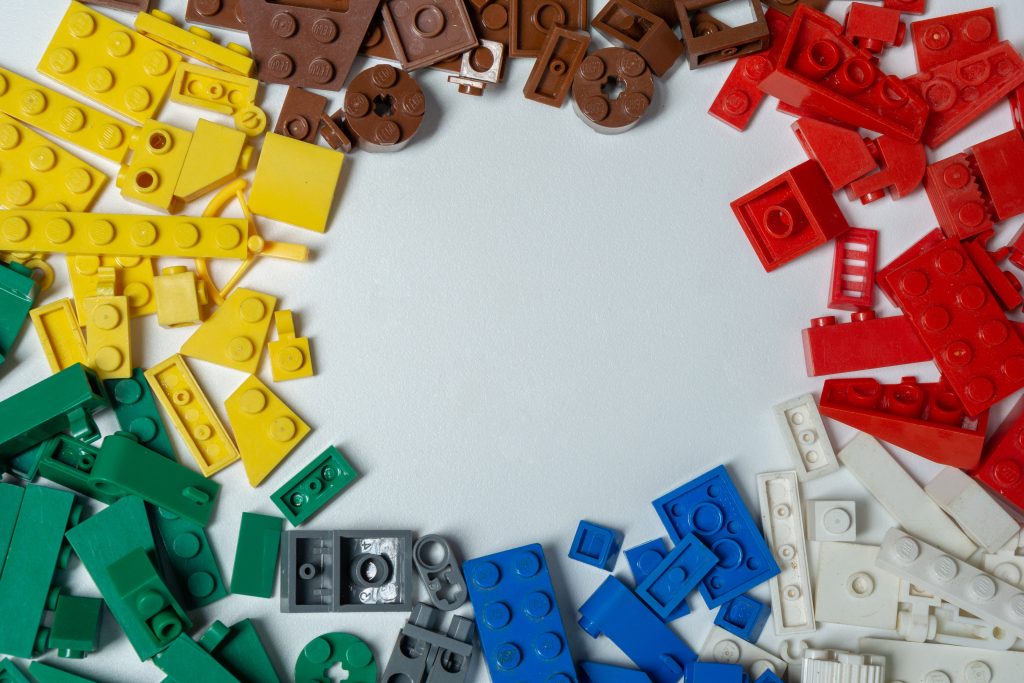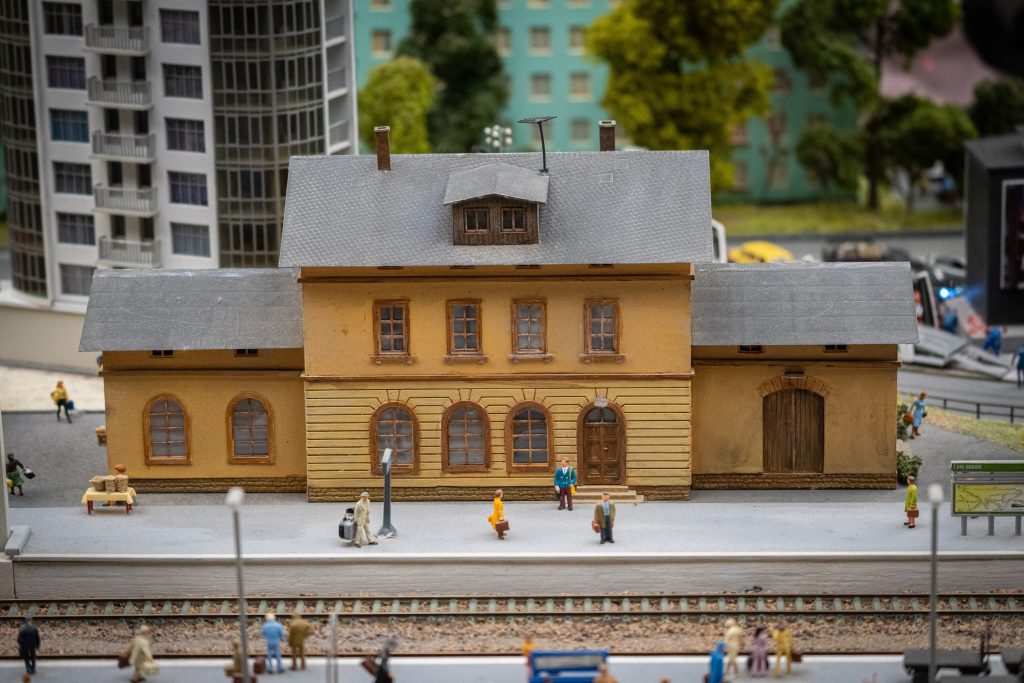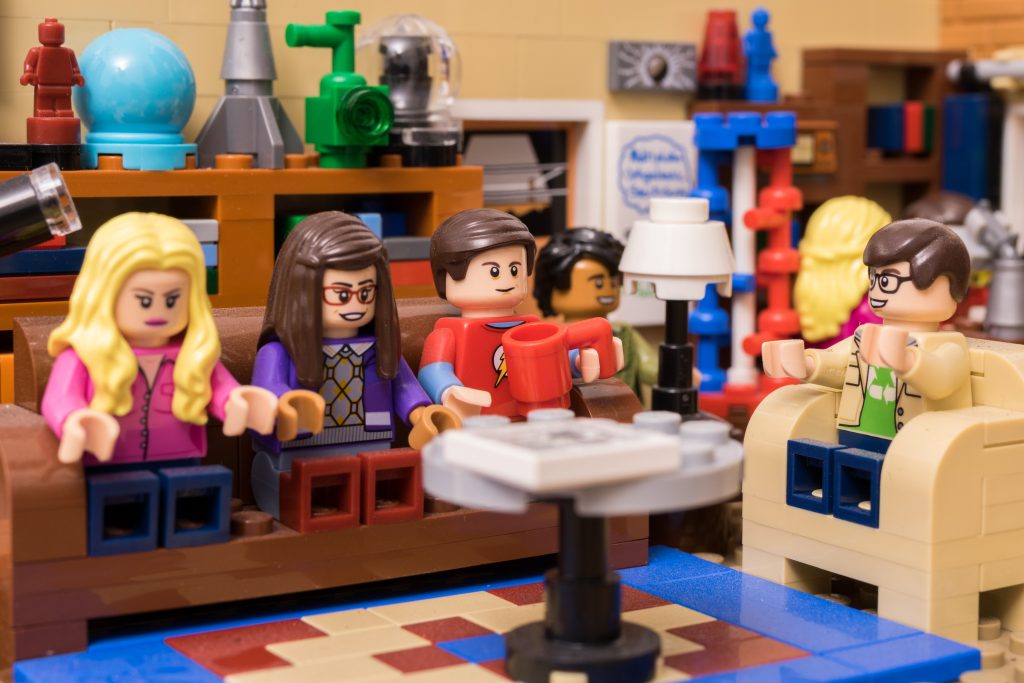Introduction
Model building is a rewarding and creative hobby that allows enthusiasts to bring miniature worlds to life. Whether you’re interested in building cars, aircraft, ships, or even fictional characters, the journey starts with the right tools and techniques. In this beginner’s guide, we explore the foundational aspects of model building, from setting up your workspace to choosing the right model kit and mastering essential techniques.
Setting Up Your Workspace
Before delving into model building, it’s crucial to create a conducive workspace. Choose a well-lit area with ample natural or artificial light. Proper ventilation is essential, especially when working with paints and adhesives. An organized and clutter-free workspace enhances concentration and creativity.
Essential Tools for Model Building
Investing in quality tools is a key step in successful model building. Precision cutting tools, such as hobby knives and sprue cutters, ensure clean and accurate cuts. Precision tweezers assist in handling small parts delicately. Sanding sticks and files are essential for smoothing surfaces and removing imperfections. High-quality brushes and paints are vital for detailing and adding color to your models. Adhesives and glues should be chosen based on the materials you’ll be working with.
Choosing the Right Model Kit
Selecting the right model kit is crucial for a beginner’s journey. Kits are categorized by skill levels, ranging from beginner to advanced. Start with a kit labeled as “beginner” to build your confidence and skills. Explore different types of model kits, including static and moving models, to find the one that resonates with your interests.
Reading the Instructions
Before you start building, carefully read and understand the instructions provided in the kit. Manufacturers provide step-by-step directions, often accompanied by diagrams and symbols. Following the instructions ensures a systematic and error-free assembly process.
Preparing and Painting Parts
Prepare the model parts by cleaning off any residue from the molding process. Sanding and smoothing surfaces ensures a flawless finish. Choose appropriate paints and techniques for your model. Acrylic paints are beginner-friendly, offering easy cleanup and quick drying times. Apply thin coats of paint and let each coat dry before adding another layer.
Assembling the Model
Assemble your model parts with patience and precision. Follow the assembly order outlined in the instructions. Use adhesives and glues as directed, ensuring a secure bond. Pay attention to alignment and fit, as well as any moving parts that need to function properly.
Detailing and Decaling
Detailing adds authenticity to your model. Use fine brushes to paint small details, such as instrument panels and insignias. Decals provide the finishing touches, adding logos, markings, and labels. Apply decals with care using tweezers and a soft brush to smooth out any air bubbles.
Avoiding Common Mistakes
Mistakes are part of the learning process. Handle parts carefully to avoid breaking or damaging delicate pieces. Prevent glue marks and smudges by applying adhesives sparingly. If parts don’t align
perfectly, make adjustments before the glue sets.
Embracing the Learning Curve
Model building is a skill that develops over time. Don’t be discouraged by imperfections—view them as opportunities to improve. Each build teaches you valuable techniques and strategies for future projects.
Displaying Your Masterpiece
Once your model is complete, showcase it proudly. Display cases or bases protect your model from dust and damage while allowing others to admire your work. Whether on a shelf or in a cabinet, your model is a testament to your dedication and craftsmanship.
Conclusion
Model building is a journey that marries patience, precision, and creativity. With the right tools, techniques, and determination, you can transform a collection of parts into a masterpiece. Whether you’re a beginner or an experienced builder, the art of model building offers endless opportunities for growth and satisfaction.
FAQs
- What tools are essential for a beginner’s model building toolkit? Essential tools include precision cutting tools, tweezers, sanding sticks, high-quality brushes, paints, and suitable adhesives.
- How do I choose the right model kit for my skill level? Look for kits labeled with your skill level, such as “beginner,” and choose subjects that interest you.
- Can I mix different brands of paints and adhesives for model building? It’s advisable to stick with one brand for paints and adhesives to ensure compatibility and consistent results.
- What should I do if I make a mistake during assembly or painting? Don’t panic—mistakes happen. Depending on the mistake, you can often correct it with careful adjustments, sanding, or repainting.
- Is model building a suitable hobby for all age groups? Model building can be enjoyed by people of various age groups, but parental guidance is recommended for younger builders due to the use of small parts and tools.


